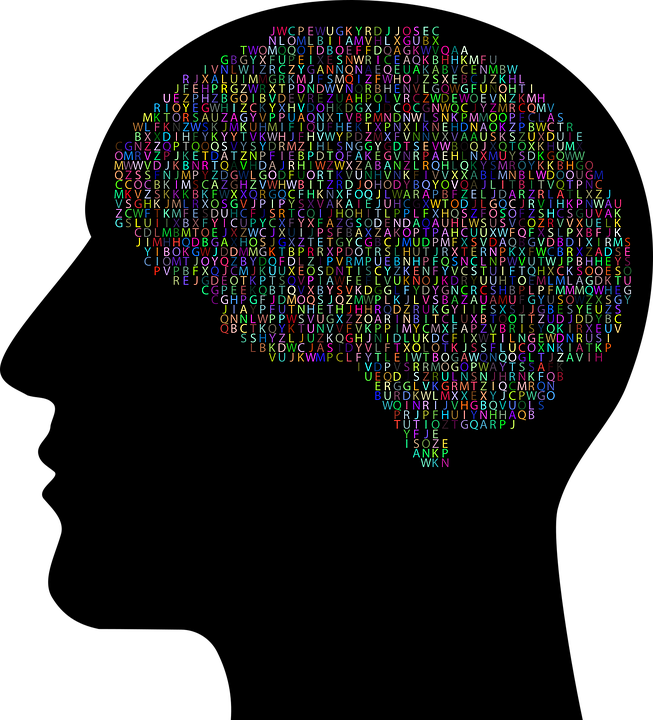
How to Avoid Falls and its Associated Problems in the Senior Population
June 10, 2018
Transient Ischemic Attacks – What You Should Know
August 15, 2018Parkinson’s Disease – What You Need to Know
Parkinson’s disease is a degenerative nervous system condition that impacts a stricken individual’s mobility, their ability to control bodily movements and, in as the disease advances, simple tasks like eating and speaking. Scientists and researchers more specifically attribute the onset of this disorder to the breakdown of the dopamine-producing neurons (brain cells). A decline in the important brain chemical dopamine is believed to precipitate abnormal brain behavior that results in the ailment’s physical manifestations.
Currently, there are roughly one million Americans with Parkinson’s disease and 10 million people afflicted throughout the world. For reasons not entirely understood, men are almost twice as likely to develop the illness as women.
The staff of Maplewood of Prairie Sauk, a skilled nursing home and outpatient rehabilitation facility invites our readers to learn basic but pertinent information about this health malady.
The Causes Of Parkinson’s Disease
Researchers are unable to pinpoint any one specific or probable cause. That said, certain underlying personal circumstances are thought to contribute to the ailment’s onset including the repeated exposure to numerous toxic allergens, chemicals and substances prevalent in the environment. Members of the scientific community have also identified genetic flaws as another potential cause. Despite these hypotheses regarding environment and genetics as possible triggers, scientists caution that the overall percentage of cases that can be directly attributable to these factors are still relatively small.
Research has also led medical professionals to opine that changes in an afflicted person’s brain chemistry and structure could also be a precipitator. Clusters of brain matter referred to as Lewy bodies are present in the brains of some Parkinson’s patients. These structures are said to contain chemicals the brain is unable to breakdown, which eventually leads to neuronal destruction.
The Symptoms Of Parkinson’s Disease
The disease is classified in five stages. Symptoms worsen as an impacted individual enters each particular stage. Early manifestations might include bodily tremors or muscle stiffness that does not interfere with daily activities or could be attributed to common issues such as the aging process or recovery from an exercise regiment.
However, as the illness advances, stricken persons will gradually experience a greater degree of difficulty executing tasks like walking, controlling bodily movements, speaking, eating or even standing without assistance. When the illness reaches the fifth and final stage, the afflicted individual could be completely unable to move and might even experience hallucinations or delusions.
Potential Complications
The manifestations of the illness may also precipitate related complications including:
*Sleeplessness
*Sexual performance problems.
*The inability to chew or swallow food might elicit digestion and nutrition difficulties.
*The loss of muscle control could lead to the inability to control urinary or bowel functions.
*Muscle atrophy.
*Dizziness or fainting upon standing.
*Increased fatigue.
*Depression.
*Mental clarity issues.
These issues could eventually lead to numerous other health problems.
The Risk Factors
Typically, one’s of contracting Parkinson’s disease increases with age. In most instances, onset of the illness does not begin until someone reaches middle to advanced age. Furthermore, most diagnosed cases of the ailment are made in persons 60 years of age and older.
Diagnosis
Eastablishing a diagnosis could be a time-consuming endeavor. There are no specific tests designed to completely confirm the illness’s presence. Diagnosis is typically made following a thorough physical and neurological evaluation and, quite possibly, several laboratory and internal body imaging tests conducted to rule out other potential health problems.
Treatment Options
Parkinson’s disease cannot be cured. However, in some cases, certain medications might be effective in slowing the ailment’s progression might or in easing associated symptoms. Prescribed drugs are usually geared towards stimulating dopamine production within the brain, mimicking dopamine’s characteristics or to alleviate specific manifestations of the illness.
Some people have found improvement after undergoing a surgical procedure known as Deep-Brain Stimulation (DBS). During this process, electrical impulses are pumped into regions of the brain believed to be impacted by the illness.
Prevention
While there may not yet be any surefire measures people can employ to prevent developing Parkinson’s disease, the execution of certain actions might lower the risk including the consumption of a healthy diet, limiting one’s exposure to environmental allergens and toxins, avoiding excessive intake of alcohol, engaging in brain stimulating activities, obtaining adequate amounts of rest and keeping the body in shape through exercise.
Conclusion
Parkinson’s disease is a progressive, incurable brain disease that can have a significant impact upon a person’s life. However, the illness could be slowed and its manifestations eased through various treatment methods. Maplewood Sauk Prairie might be able to help those stricken with Parkinson’s disease stay as strong as possible and maximize their health through our skilled nursing home facility and rehabilitation services. Please contact us at 608-643-3383.
Sources:
1. https://www.mayoclinic.org/diseases-conditions/parkinsons-disease/symptoms-
causes/syc-20376055
2. http://www.parkinson.org/understanding-parkinsons/what-is-parkinsons
3. https://www.medicalnewstoday.com/info/parkinsons-disease/complications-of-parkinsons-disease.php


